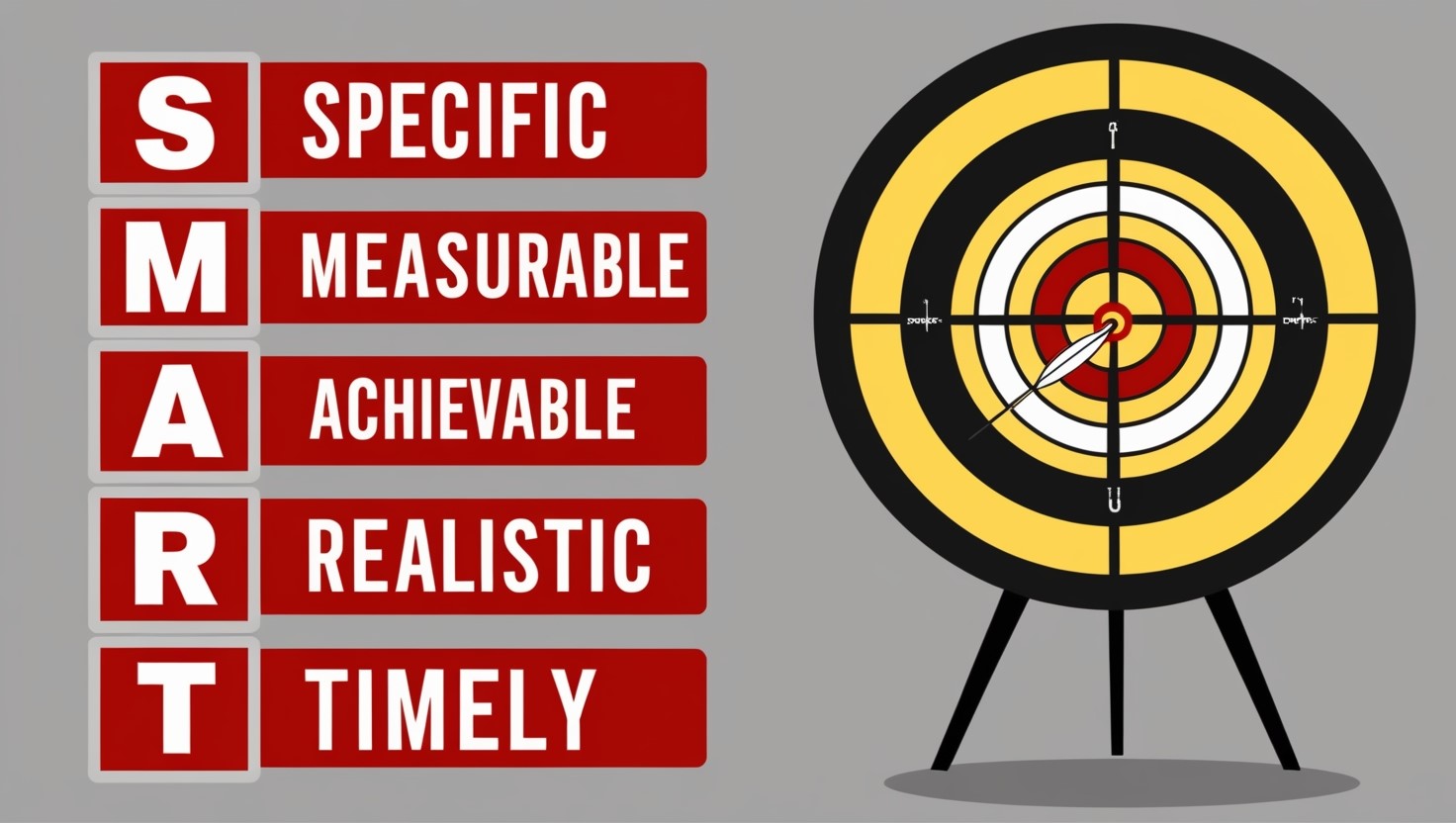Setting SMART financial goals is a powerful way to build a secure financial future, and it’s never too early to start. Whether you’re a student or just beginning your financial journey, learning to set clear, actionable goals can make a big difference.
SMART goals: Specific, Measurable, Achievable, Relevant, and Time-bound – help you stay on track and measure your progress. For students, setting these goals early on, such as saving for college or building an emergency fund, builds strong money habits that pay off in the long run.
What Are SMART Financial Goals?
SMART financial goals are designed to help you focus on clear, actionable outcomes. They are:
- Specific, meaning they outline exactly what you want to achieve, like saving $5,000 for an emergency fund.
- Measurable goals allow you to track progress, like knowing you’ve reached 50% of your savings target.
- Achievable goals ensure they are realistic given your financial situation.
- Relevant means they align with your personal priorities, and
- Time-bound sets a deadline for completion. Together, these components keep you focused and motivated.
Examples of SMART Financial Goals:
If you’re a student, a Specific goal might be saving $1,000 for an emergency fund within a year. This is Measurable because you can track your savings progress. It’s also Achievable if you allocate a portion of your allowance or part-time job income toward it. The goal is Relevant to your future security, and the Time-bound aspect ensures that you have a clear one-year deadline. Another example is paying off a credit card debt by allocating a set amount monthly until the balance is zero.
Steps to Achieving SMART Financial Goals
- Assess Your Current Situation: Review your income, expenses, and debt to understand what you can realistically set aside for your goals. This will help shape your financial plan.
- Break Down Goals into Smaller Steps: Divide your larger financial goal into smaller, manageable monthly or weekly targets. For instance, saving $6,000 for an emergency fund could translate to saving $500 a month.
- Automate Savings or Payments: Set up automatic transfers to your savings or payment accounts to ensure consistency and avoid missed contributions.
- Review Your Progress Regularly: Keep track of your progress through monthly or quarterly check-ins. If circumstances change, adjust your contributions or deadlines accordingly.
- Adjust as Needed: Be flexible and ready to revise your plan based on changes in your financial situation, but stay committed to reaching your end goal.
Setting SMART financial goals is an effective way to take control of your finances and work towards long-term success. Whether you’re saving for an emergency fund or paying off debt, starting early and staying committed will make a significant difference. These strategies can transform your financial future, helping you reach your goals with confidence.



